 Facebook
Facebook
 X
X
 Instagram
Instagram
 TikTok
TikTok
 Youtube
Youtube
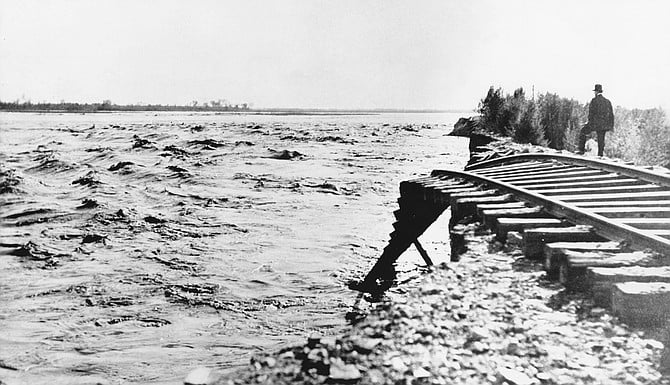
Rockwood tried to construct a jetty between the half-mile-long island in the river — soon to be called “Disaster Island” — and the Mexican cut. In theory, log pilings, sand, and brush mattresses would divert the river back to its original course. On November 29, however, the Gila rose ten feet in ten hours, then rose again. Brownish-red with drift and flotsam, the wall of water bullied down the Colorado with 100,000 second feet.
By Jeff Smith, July 3, 2003 | Read full article
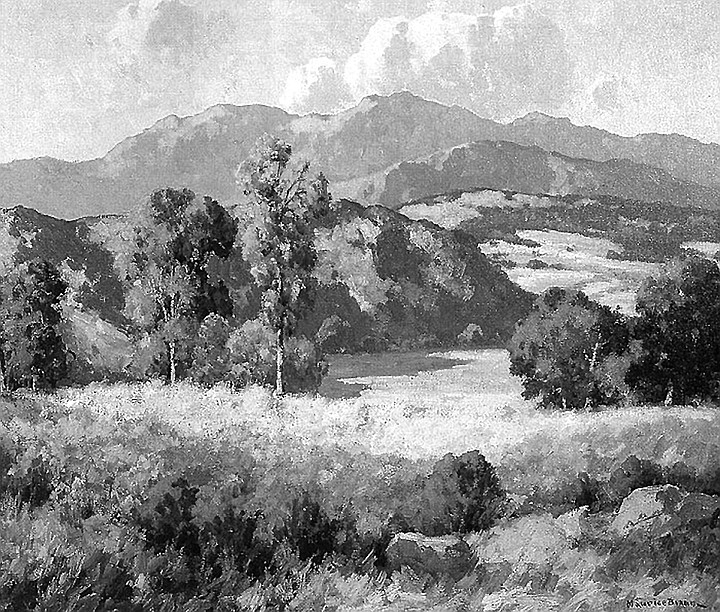
His perfect site was 7000 acres of pueblo land — city-owned property — on and around Torrey Pines Hill, overlooking the Pacific,15 miles north of San Diego. The alkali-free soil was ideal…. In May 1911, he sank 40,000 into the prepared soil but couldn’t do it alone. For his planting team — with the approval of Judge Puterbaugh and Councilman Percy Woods — Watson used prisoners from the city jail. They lived in tents.
By Jeff Smith, June 12, 2003 | Read full article
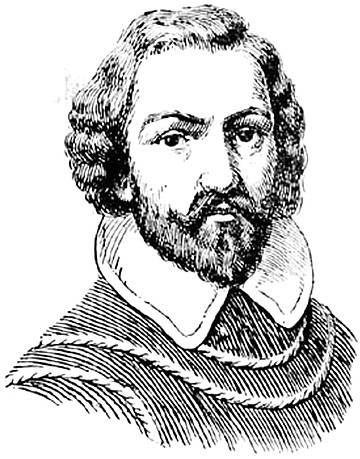
On February 4, at a press conference in San Diego, Hatfield demanded his $10,000. He’d been true to his word, he said. He put four billion gallons of water in Morena Reservoir, and another ten billion indirectly. The city’s lawyers said no; the rain was an “act of God.” If Hatfield took credit, then he was also responsible for the estimated $3.5 million in damages. The city would pay him $10,000 only if he honored all pending claims.
By Jeff Smith, June 26, 2003 | Read full article
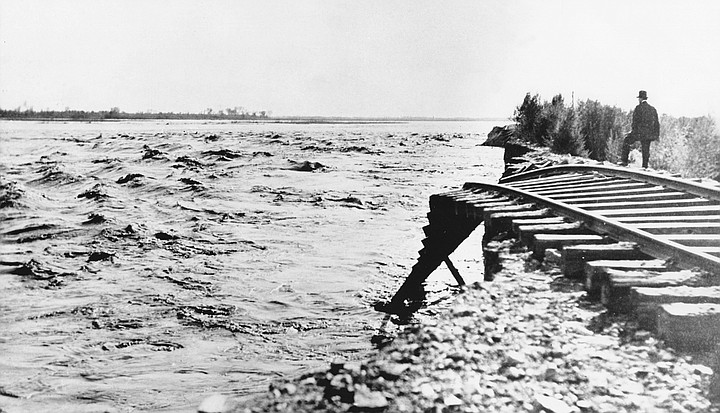
“When they ran out of shovels, they used saucepans. When the waters sucked away part of the levee, they dragged mattresses out of their lean-tos and tents…and shoved them into the breach or tethered them against the sides of the channel.” They hacked down a handsome row of cottonwoods and heaved them onto the barricade. “Most of them being ardent Christians, they sang hymns against the roar of the water.”
By Jeff Smith, July 10, 2003 | Read full article

To force the Colorado back to its original channel, Cory repaired the original trestle dam and ordered a second barrier-dam trestle built beside it, from both shores at once. Trains loaded with stone came from as far as 400 miles. They had right-of-way even over passenger locomotives. At the site, they waited for their turn on side-spurs. By late October, trains on both trestles dumped into the gap between them. Around the clock.
By Jeff Smith, July 17, 2003 | Read full article
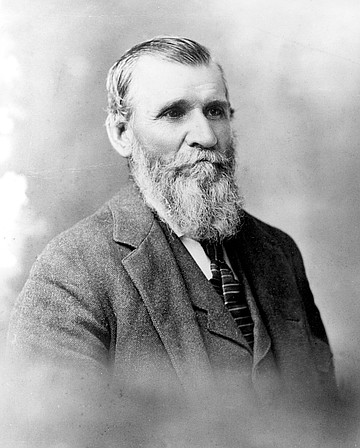
In 1868 the Gaskills moved to Campo, then called Milquatay. The Indian name means “big valley,” though settlers nicknamed it “New Texas,” since so many came from the Lone Star state, most being Army deserters. The bowl-like Campo valley sweeps north/south, rising to a wide vista at the Mexican border. To people on both sides, the border wasn’t one either. Bandits, rustlers, smugglers crossed it, stole and robbed, and returned to safer territory.
By Jeff Smith, July 24, 2003 | Read full article
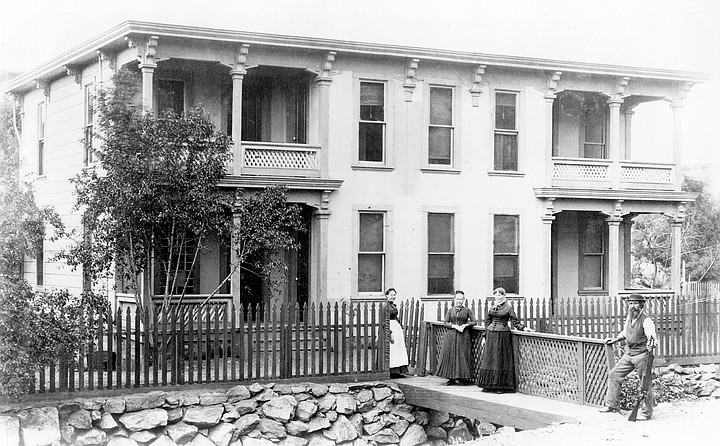
Martinez escaped in the brush. But his wounds— three buckshot near his right lung, two lower down — and the December cold forced him to the Gaskills’ house at 4:00 a.m., where he confessed. Thinking Martinez would die soon, the local doctor, Millard, made him a bed by the fire. The next day Martinez promised Silas he’d work 12 years for the Gaskills without pay. Silas jailed him with Alvijo.
By Jeff Smith, July 31, 2003 | Read full article
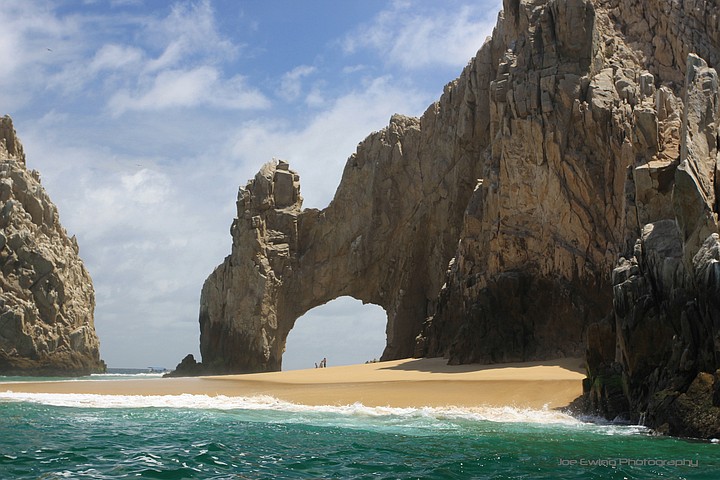
Meanwhile, Walker, ever the journalist with an ear for public opinion, had issued another proclamation. On November 30, from Ensenada, he explained to Americans why he had mounted his filibuster. Because the Mexican government was inept in its rule over the territory, Walker wrote, Lower California “would forever remain wild, half-savage and uncultivated, covered with an indolent and half-civilized people, desirous of keeping all foreigners from entering the limits of the State.
By Bob Owens, June 18, 1987 | Read full article
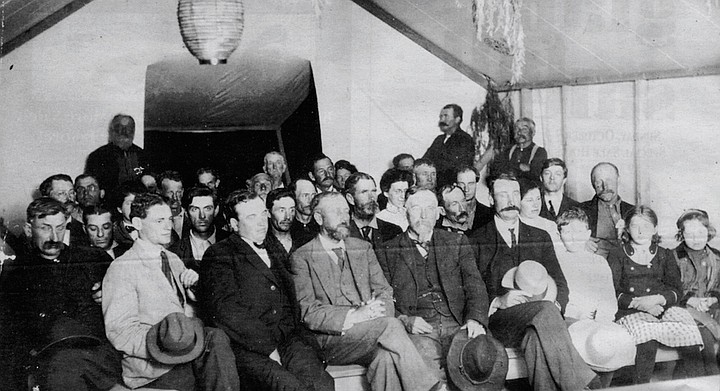
Margaret pulls a fig off an old tree. Then another, and another, and another. She comes hack to the shady patio table and gives us each one. Mine is sweet, pink, and juicy inside its little pouch. The tree, she says, is a Little Lander tree, 77 years old. Like the 77-year-old bougainvillea across the patio, it's still producing. “The Little Landers used to eat from this same tree,” Margaret says. “Even before we entered World War I.”
By Bill Manson, Oct. 6, 1994 | Read full article

“In 1930, Lindbergh was launched in a sailplane from Mount Soledad and managed to soar along the coastline all the way to Del Mar. It was a local-distance record for sailplanes. But the flight is most important for being the first recorded use of the lift along the cliffs at Torrey Pines.” …Geographically speaking, few places in America can compare with it. Today pilots in all disciplines still experiment with low speed, motorless aeronautics there.
By Jeanne Schinto, Nov. 22, 2000 | Read full article


Rockwood tried to construct a jetty between the half-mile-long island in the river — soon to be called “Disaster Island” — and the Mexican cut. In theory, log pilings, sand, and brush mattresses would divert the river back to its original course. On November 29, however, the Gila rose ten feet in ten hours, then rose again. Brownish-red with drift and flotsam, the wall of water bullied down the Colorado with 100,000 second feet.
By Jeff Smith, July 3, 2003 | Read full article

His perfect site was 7000 acres of pueblo land — city-owned property — on and around Torrey Pines Hill, overlooking the Pacific,15 miles north of San Diego. The alkali-free soil was ideal…. In May 1911, he sank 40,000 into the prepared soil but couldn’t do it alone. For his planting team — with the approval of Judge Puterbaugh and Councilman Percy Woods — Watson used prisoners from the city jail. They lived in tents.
By Jeff Smith, June 12, 2003 | Read full article

On February 4, at a press conference in San Diego, Hatfield demanded his $10,000. He’d been true to his word, he said. He put four billion gallons of water in Morena Reservoir, and another ten billion indirectly. The city’s lawyers said no; the rain was an “act of God.” If Hatfield took credit, then he was also responsible for the estimated $3.5 million in damages. The city would pay him $10,000 only if he honored all pending claims.
By Jeff Smith, June 26, 2003 | Read full article

“When they ran out of shovels, they used saucepans. When the waters sucked away part of the levee, they dragged mattresses out of their lean-tos and tents…and shoved them into the breach or tethered them against the sides of the channel.” They hacked down a handsome row of cottonwoods and heaved them onto the barricade. “Most of them being ardent Christians, they sang hymns against the roar of the water.”
By Jeff Smith, July 10, 2003 | Read full article

To force the Colorado back to its original channel, Cory repaired the original trestle dam and ordered a second barrier-dam trestle built beside it, from both shores at once. Trains loaded with stone came from as far as 400 miles. They had right-of-way even over passenger locomotives. At the site, they waited for their turn on side-spurs. By late October, trains on both trestles dumped into the gap between them. Around the clock.
By Jeff Smith, July 17, 2003 | Read full article

In 1868 the Gaskills moved to Campo, then called Milquatay. The Indian name means “big valley,” though settlers nicknamed it “New Texas,” since so many came from the Lone Star state, most being Army deserters. The bowl-like Campo valley sweeps north/south, rising to a wide vista at the Mexican border. To people on both sides, the border wasn’t one either. Bandits, rustlers, smugglers crossed it, stole and robbed, and returned to safer territory.
By Jeff Smith, July 24, 2003 | Read full article

Martinez escaped in the brush. But his wounds— three buckshot near his right lung, two lower down — and the December cold forced him to the Gaskills’ house at 4:00 a.m., where he confessed. Thinking Martinez would die soon, the local doctor, Millard, made him a bed by the fire. The next day Martinez promised Silas he’d work 12 years for the Gaskills without pay. Silas jailed him with Alvijo.
By Jeff Smith, July 31, 2003 | Read full article

Meanwhile, Walker, ever the journalist with an ear for public opinion, had issued another proclamation. On November 30, from Ensenada, he explained to Americans why he had mounted his filibuster. Because the Mexican government was inept in its rule over the territory, Walker wrote, Lower California “would forever remain wild, half-savage and uncultivated, covered with an indolent and half-civilized people, desirous of keeping all foreigners from entering the limits of the State.
By Bob Owens, June 18, 1987 | Read full article

Margaret pulls a fig off an old tree. Then another, and another, and another. She comes hack to the shady patio table and gives us each one. Mine is sweet, pink, and juicy inside its little pouch. The tree, she says, is a Little Lander tree, 77 years old. Like the 77-year-old bougainvillea across the patio, it's still producing. “The Little Landers used to eat from this same tree,” Margaret says. “Even before we entered World War I.”
By Bill Manson, Oct. 6, 1994 | Read full article

“In 1930, Lindbergh was launched in a sailplane from Mount Soledad and managed to soar along the coastline all the way to Del Mar. It was a local-distance record for sailplanes. But the flight is most important for being the first recorded use of the lift along the cliffs at Torrey Pines.” …Geographically speaking, few places in America can compare with it. Today pilots in all disciplines still experiment with low speed, motorless aeronautics there.
By Jeanne Schinto, Nov. 22, 2000 | Read full article
Comments